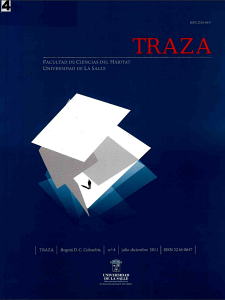Abstract
In this paper, a critical approach is made, on a sociospatial, regional and national level, of the 2010-2014 National Development Plan, “Prosperity for everyone”, which was approved by the Congress and sanctioned in the first half of 2011 by the president of Colombia, based on the analysis of one of its main proposals: the so-called “regional convergence”. It starts from the understanding of this proposal within the Plan as a transversal strategy to fulfill its goals, and its background as a proposal for political and administrative organization, especially from what was sought with decentralization in the National Constitution of 1991, through planning and administrative provinces. Likewise, a review is made of the process carried out to generate such decentralization, how it was done, what the consequences would be on the current division of the territory and what the final purpose is. Likewise, an examination is made of the existing relationship with other regional integration processes and the last approved legislation on territorial organization.Downloads
Download data is not yet available.



